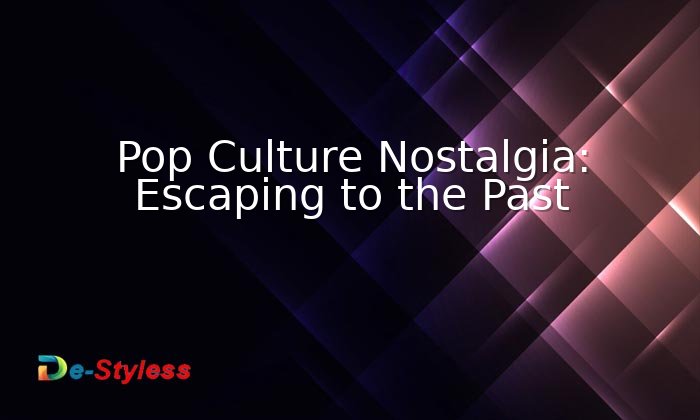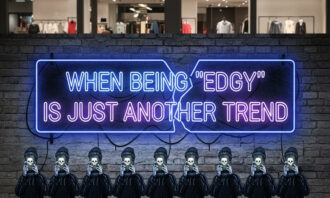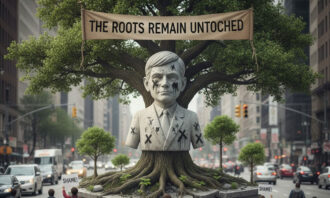In an era of rapid technological advancement and relentless cultural shifts, many people find comfort in revisiting the past. Pop culture nostalgia has become a powerful force, influencing everything from movies and fashion to music and advertising. Old TV shows are being rebooted, vintage styles are resurfacing, and classic songs dominate streaming playlists. These cultural echoes are more than simple entertainment—they represent a collective yearning for familiarity and stability in uncertain times.
Nostalgia offers a temporary refuge from the complexities of the present. By revisiting the music, films, or fashion trends of earlier decades, people reconnect with personal memories and shared cultural moments. For many, this escape to the past is not about rejecting the future but about finding continuity in a rapidly changing world. Pop culture nostalgia, therefore, becomes both a form of escapism and a way to anchor identity.
The Psychology of Nostalgia
Nostalgia is often associated with warmth, comfort, and belonging. Psychologists describe it as a bittersweet emotion that blends happiness with a sense of loss. When people revisit cultural artifacts from their youth—whether it’s a childhood cartoon or a teenage soundtrack—they access feelings of safety and familiarity.
This psychological response helps individuals regulate emotions, reduce stress, and foster social bonds. By sharing nostalgic references, communities strengthen their sense of connection across generations, creating a collective memory that transcends time.
Nostalgia in Media and Entertainment
The entertainment industry has long recognized the power of nostalgia. Reboots, sequels, and remakes dominate Hollywood, while music labels reissue vinyl records and curate “throwback” playlists. Streaming platforms amplify this trend by offering instant access to decades of content, making it easy for audiences to revisit old favorites.
This reliance on nostalgia is both commercial and emotional. For industries, it guarantees built-in audiences familiar with the original works. For consumers, it provides comfort by rekindling cherished memories. The resurgence of past cultural icons shows that familiarity remains one of the strongest draws in entertainment.
Fashion and Retro Revival
Nostalgia also shapes the way people dress. Fashion cycles increasingly borrow from the past, reviving aesthetics from the 70s, 80s, 90s, and early 2000s. Vintage clothing shops, retro sneakers, and “Y2K” styles all illustrate the enduring appeal of looking backward.
Fashion rooted in nostalgia allows individuals to express identity in ways that feel authentic and timeless. Wearing retro styles can be a statement of rebellion against fast-changing trends or simply a way to relive a cherished cultural moment. In either case, it reflects how clothing becomes a vehicle for memory and meaning.
Escapism in Difficult Times
Periods of social, political, or economic uncertainty often heighten the appeal of nostalgia. During crises, people look to the past for reassurance, idealizing earlier decades as simpler or more stable. This phenomenon explains why retro trends surge during times of upheaval.
Nostalgia serves as a collective coping mechanism, offering psychological comfort when the present feels overwhelming. By revisiting cultural memories, individuals temporarily escape the challenges of the moment and regain a sense of continuity in their lives.
The Double-Edged Nature of Nostalgia
While nostalgia can provide comfort and connection, it can also distort reality. The past is often remembered selectively, with flaws and difficulties overshadowed by idealized memories. Overindulgence in nostalgia risks creating stagnation, where people cling to the past at the expense of engaging with the present or future.
However, when balanced with forward-looking creativity, nostalgia can inspire innovation. Artists and creators often remix old ideas into something new, blending memory with modernity to create fresh cultural expressions that resonate across generations.
Conclusion
Pop culture nostalgia has become a defining feature of modern life, offering both comfort and connection in an age of uncertainty. By revisiting old music, films, fashion, and cultural icons, individuals find not only an escape but also a reaffirmation of identity and belonging. Nostalgia is not simply about the past—it is about what the past means in the present.
Ultimately, nostalgia can be both healing and limiting. It offers solace in times of stress but must be balanced with openness to change. Escaping to the past through pop culture reveals a universal human desire: to find meaning, stability, and joy in memories while navigating the ever-shifting landscape of the present.
Glossary
- Nostalgia: A sentimental longing for the past, often associated with positive emotions.
- Retro Revival: The resurgence of past styles, trends, or cultural icons in modern life.
- Escapism: Seeking distraction or relief from reality through entertainment or fantasy.
- Collective Memory: Shared cultural memories that connect individuals across generations.
- Remake/Reboot: Modern recreations or adaptations of older movies, shows, or franchises.
- Y2K Aesthetic: Fashion and design trends from the early 2000s, recently revived in popular culture.





